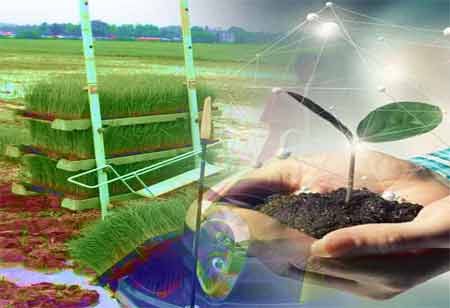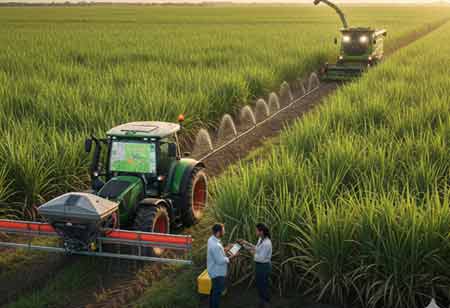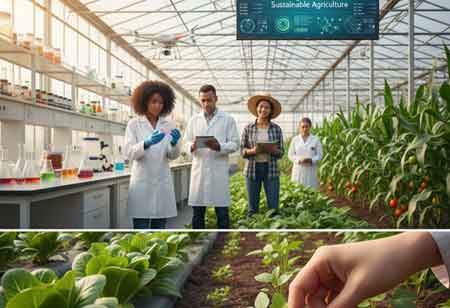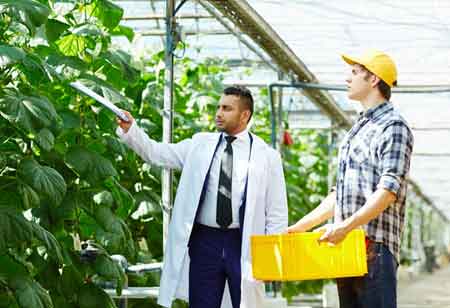Thank you for Subscribing to Agri Business Review Weekly Brief
Sustainable Agriculture Through Soil Testing
Agricultural soil testing is crucial for growers and farmers, providing valuable insights into their soil's unique characteristics

By
Agri Business Review | Friday, February 16, 2024
Stay ahead of the industry with exclusive feature stories on the top companies, expert insights and the latest news delivered straight to your inbox. Subscribe today.
DNA sequencing and eco-computing improve crop yields through a deeper understanding of soil biology.
FREMONT, CA: Agricultural soil testing is crucial for growers and farmers, providing valuable insights into their soil's unique characteristics. These insights drive data-driven decisions about soil management, ultimately enhancing crop yields and overall soil health. Soil testing methodologies evolved to incorporate advanced techniques, including measuring macronutrient levels, such as phosphorus and potassium, to determine soil fertility and recommend appropriate fertilizer application rates.
Agricultural soil testing has become more sophisticated. Agricultural scientists introduced the concept of soil testing to gauge soil fertility and provide recommendations for fertilizer application. Macronutrient levels were measured in this process, and fertilizer recommendations were adjusted accordingly. Gradually, soil testing advanced by including micronutrients and pH tests, offering a more comprehensive understanding of soil characteristics.
Technological advancements have further transformed soil testing. New methodologies like DNA sequencing and eco-computing have emerged, enabling a deeper understanding of soil biology. These cutting-edge technologies can identify the types of microbes present in the soil and determine which are actively contributing to the soil microbiome. This invaluable information allows for developing more targeted soil management strategies considering the intricate relationships between plants, microbes, and soil nutrients.
The soil testing process involves collecting soil samples from different sections of a field or garden, which are then sent to a laboratory for thorough analysis. The laboratory tests these samples to assess crucial parameters, including microbial activity, disease risks, pH levels, nutrient concentrations, organic matter content, and more. Growers and farmers can make informed decisions regarding soil management practices with the help of soil testing, which provides insight into the distinctive characteristics of their soil. These decisions, in turn, result in improved crop yields and overall soil health.
Soil analysis plays a pivotal role in agriculture, and growers regularly sample their soils and monitor crop growth. It is instrumental in determining nutrient levels within the soil, which are indispensable for fostering healthy plant growth and achieving high crop yields. The outcomes of soil testing can unveil nutrient levels, deficiencies, or excesses, enabling growers to make educated choices concerning fertilizer applications and other soil management strategies.
If soil testing reveals low potassium levels, growers can address the issue by applying a potassium-rich fertilizer, thus enhancing the soil's nutrient content. Conversely, excessive nutrient levels can lead to environmental issues like nutrient runoff and water pollution. Soil testing emerges as a cost-effective and reliable tool, helping growers adopt informed soil management practices that enhance crop yields, environmental protection, and long-term sustainability.
Collecting soil samples sequentially every year is crucial so that consistent results can be achieved and soil health can be monitored over time. The appropriate frequency of soil sampling should align with the specific needs of your crops and your soil management objectives. Consulting with local agricultural extension offices or certified crop advisors can help determine the most suitable soil sampling schedule for your unique circumstances.
More in News





